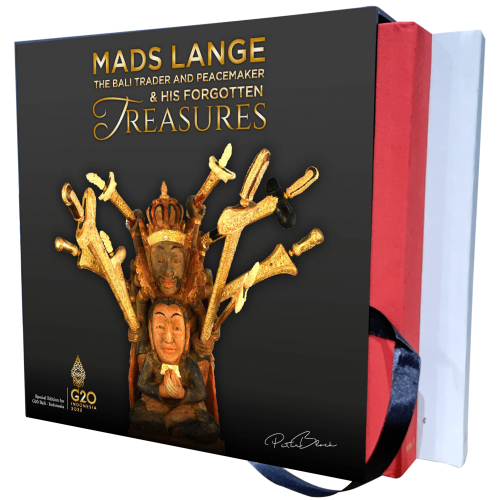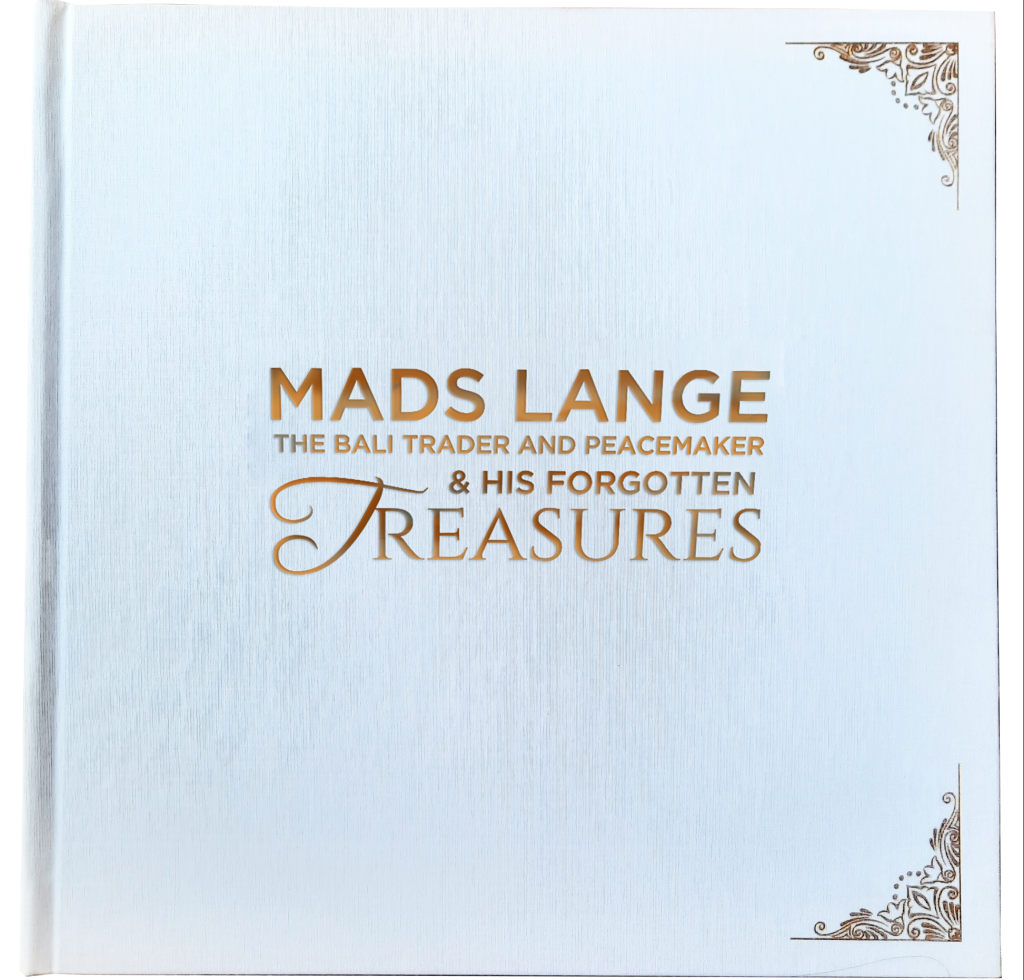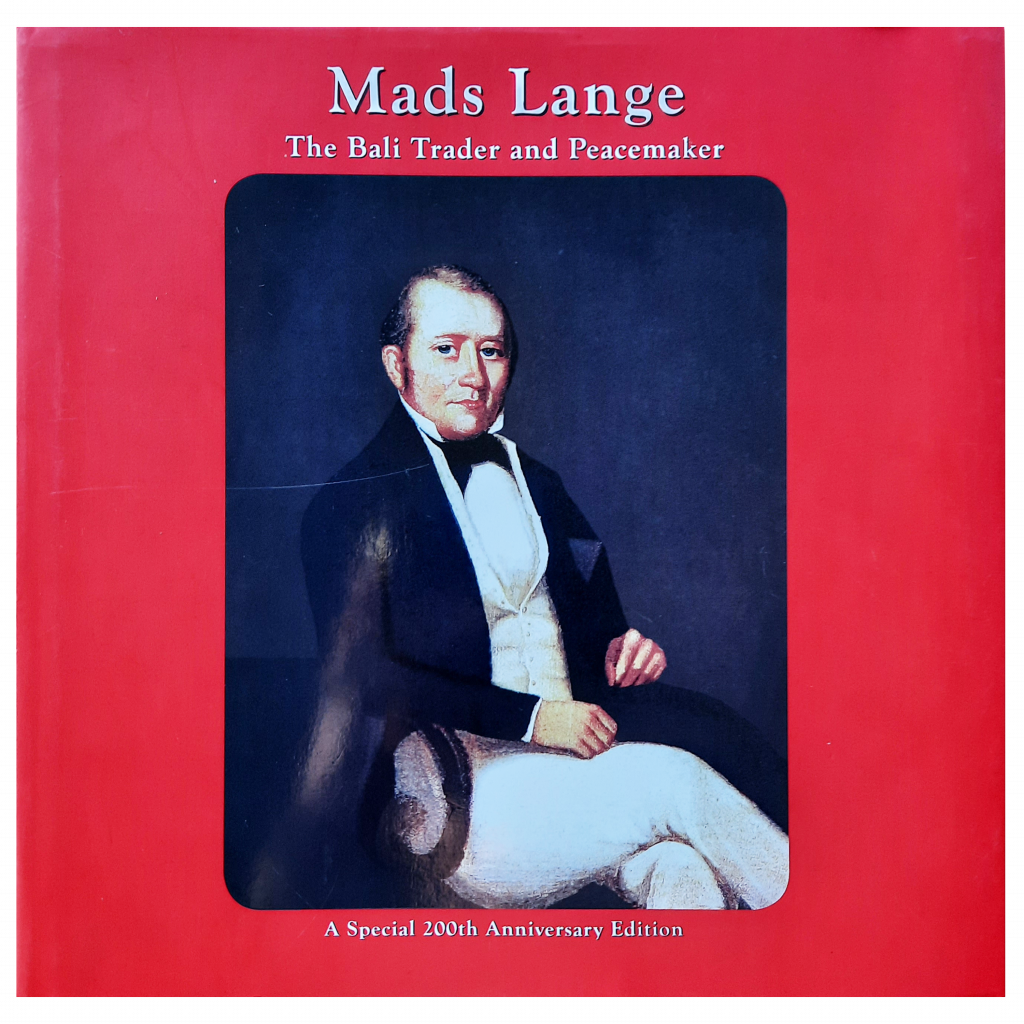The Journey
Mention the country of Denmark and most people usually think of seafaring Viking warriors, Hans Christian Andersen and his fairy tales which are immortalized as the bronze figure of the Little Mermaid by the waterside of the capital city of Copenhagen, Tivoli Gardens amusement park, colorful interlocking Lego plastic toy blocks, sweet breakfast pastry, and tasty ice cream.
But there is much more to Denmark than this. In the coastal town of Kuta on the island of Bali in Indonesia just off the busy I Gusti Ngurah Rai Bypass highway lies a small cemetery. Among the more traditional Chinese graves stands a Western obelisk bearing the following inscription:
Sacred
to the memory
of
Mads Johansen Lange, Knight of the Nederl. Leeuw and Danish Gold Medal. Born in the island Langeland, Denmark
18 Sept 1807.
Departed this life at Bali 13th May 1856
after a residence of 18 years on this island.
This is the story of a remarkable Danish adventurer who overcame many obstacles in a place that was far away from his homeland to become a successful trader and peacemaker.

The Journey

Mention the country of Denmark and most people usually think of seafaring Viking warriors, Hans Christian Anders- en and his fairy tales which are immortalized as the bronze figure of the Little Mermaid by the waterside of the capital city of Copenhagen, Tivoli Gardens amusement park, colorful interlocking Lego plastic toy blocks, sweet breakfast pastry, and tasty ice cream.
But there is much more to Denmark than this. In the coastal town of Kuta on the island of Bali in Indonesia just off the busy I Gusti Ngurah Rai Bypass highway lies a small cem- etery. Among the more traditional Chinese graves stands a Western obelisk bearing the following inscription:
Sacred
to the memory
of
Mads Johansen Lange, Knight of the Nederl. Leeuw and Danish Gold Medal. Born in the island Langeland, Denmark
18 Sept 1807.
Departed this life at Bali 13th May 1856
after a residence of 18 years on this island.
This is the story of a remarkable Danish adventurer who overcame many obstacles in a place that was far away from his homeland to become a successful trader and peacemaker.
Mads Lange The Bali Trader and Peacemaker & His Forgotten Treasures

Mads Johansen Lange (1807-1856) was the most influential person that made Bali prosper during the mid 19th century. In order to receive favorable treatment and procure lucrative trade deals, he presented the kings of Bali with luxury goods. His philosophy was to unite and share rather than divide and conquer, so he treated all his relationships equally within the social-political system of the time.
Lange strived to have peace maintained in Bali for his business to succeed and for the welfare of the inhabitants. The prosperity is evident in the luxury goods that he presented to his contacts, from valuable daggers with gold and precious gems, to elaborate temple sculptures, to fancy carved cabinets.
Lange branded these gifts with his name, many with an image of his face or important scenes from his life. Portrait figures done in an unusual and animated style illustrate important events, from befriending royalty, to playful interactions with his wives, to negotiating peace treaties between the Balinese and the Dutch. Those who are closely or remotely familiar with Lange’s role in Balinese history will be fascinated by these artifacts as they increase the interest and understanding of him as a human being. These gifts remained hidden in palaces, temples, and caves across the island for nearly 200 years. This unique collection was made possible through the untiring efforts of a fellow Dane, Peter Bloch.
The Bali Trader and Peacemaker

In the introduction to this Book about Mads Johansen Lange of Bali, the book’s Bali-based creators say that what has already been written as actual historical facts about Lange “is enough to take us back to a time of pirate-filled seas, war plotting rajahs, colonial despots, and acts of heroic altruism and candor. It is a series of stories with a cast of characters so interesting and bizarre that even a jaded novelist would have difficulty dreaming them up. Also included, however, are tales with bittersweet endings that poignantly recall how the island of Bali arbitrarily, and sometimes even violently, thrust into the so-called ‘modern world’. This is not a novel. This is a true record of actual historical events which should have been made available to a broader international reading public long ago.” With those words in mind, we now invite you to join us on a special nineteenth centuries adventure tour conducted by a remarkable Danish man who lived in a very special place called Bali.






